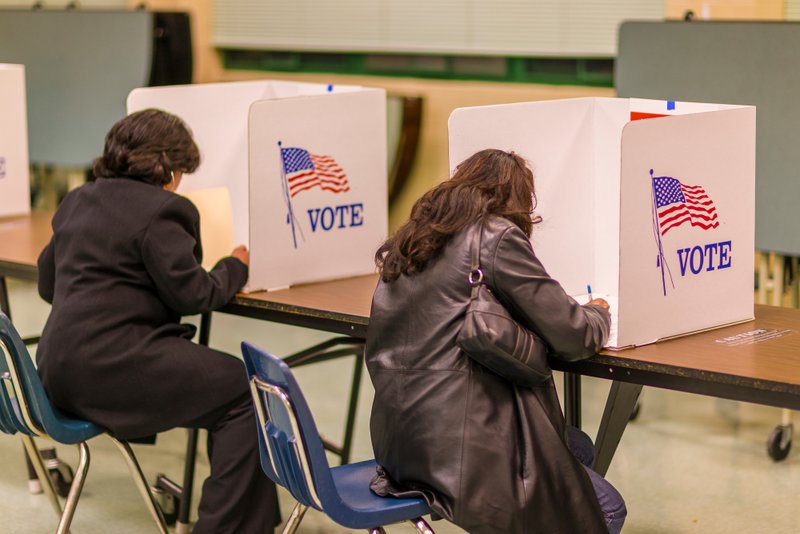
Rob Crandall / Shutterstock.com
Dec. 12, 2019
Lee Drutman wrote about why ranked-choice voting is better than approval voting for The Fulcrum.
Democracies around the world have been using ranked-choice voting successfully for more than 100 years. Hundreds of major associations and political parties elect their leaders with it today. Approval voting has seen only limited use. And where it's been adopted, it typically winds up looking suspiciously like the plurality voting it was designed to replace.
Advocates of each proposal agree on one big thing: The status quo is terrible, because first-past-the-post elections render third parties and independents as spoilers and permit candidates to win without majority support. Both approval voting and ranked-choice voting attempt to solve this by giving voters more than one choice. This makes voting more expressive and encourages a broader diversity of candidates.
The big difference is that under approval voting, all ballots are a binary approve-disapprove and are treated equally. Under RCV, you rank your candidates and your ranking matters.